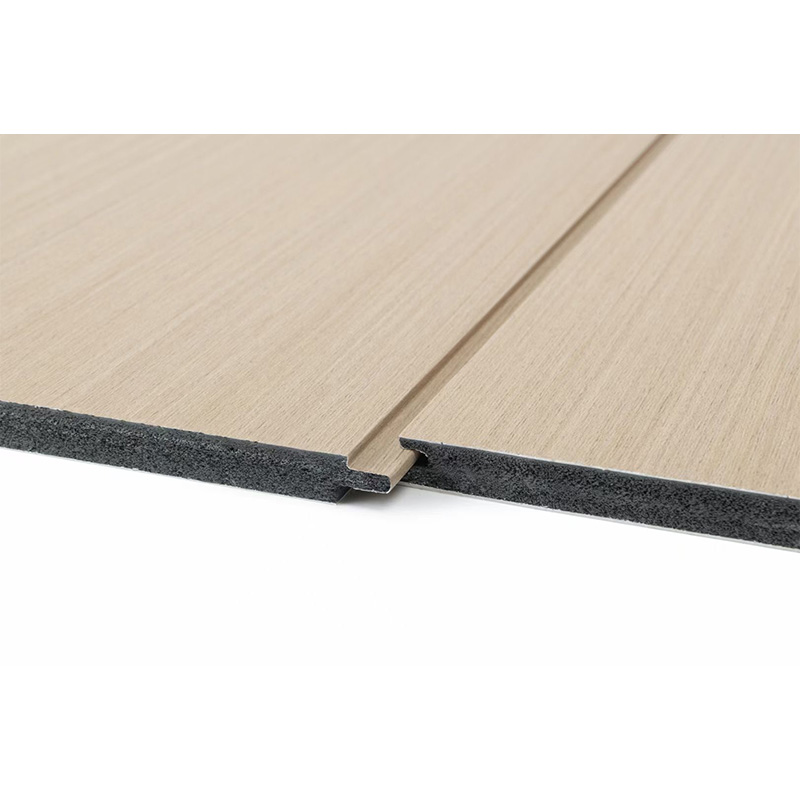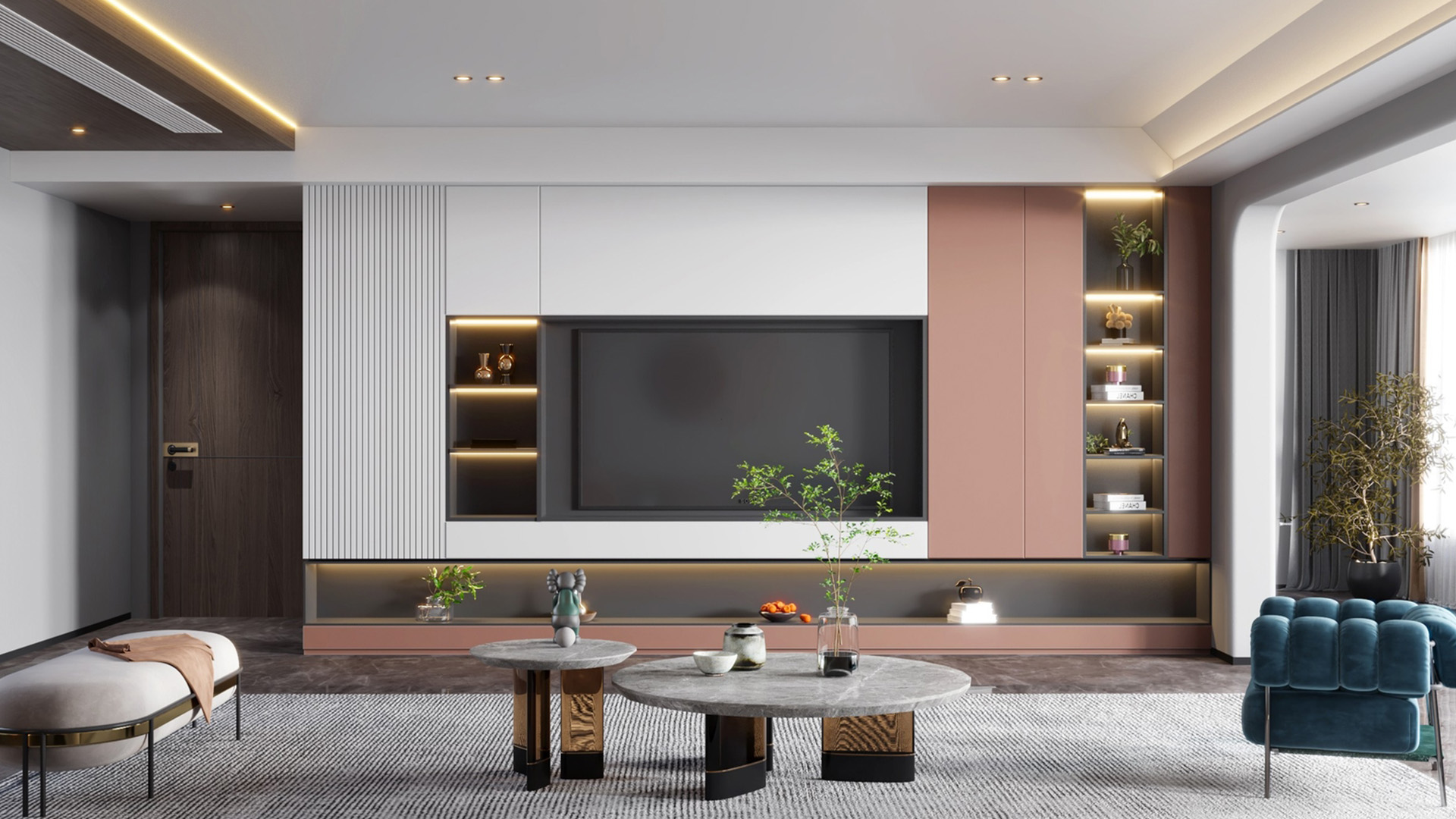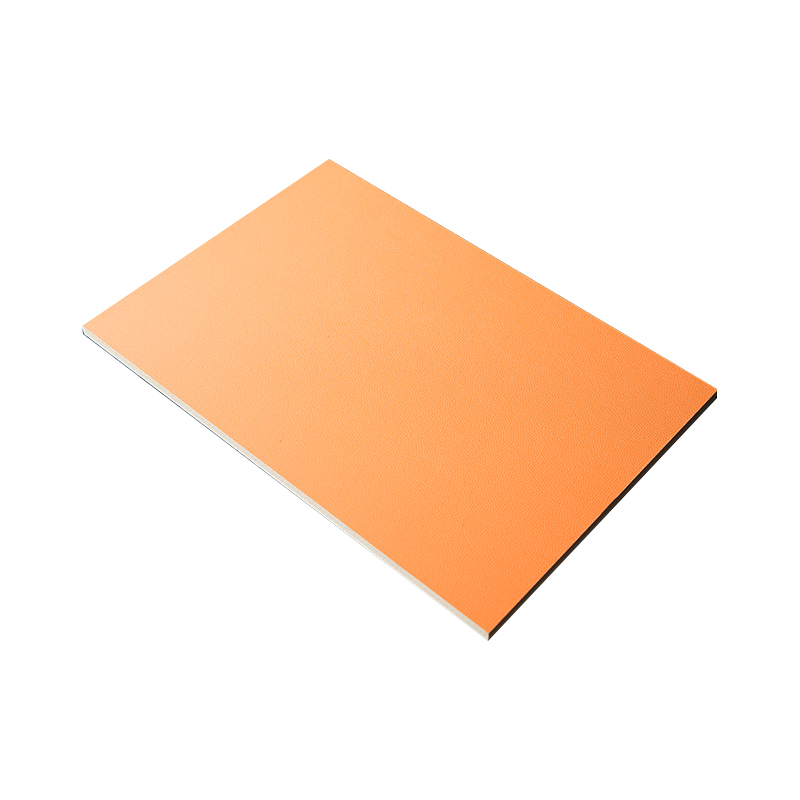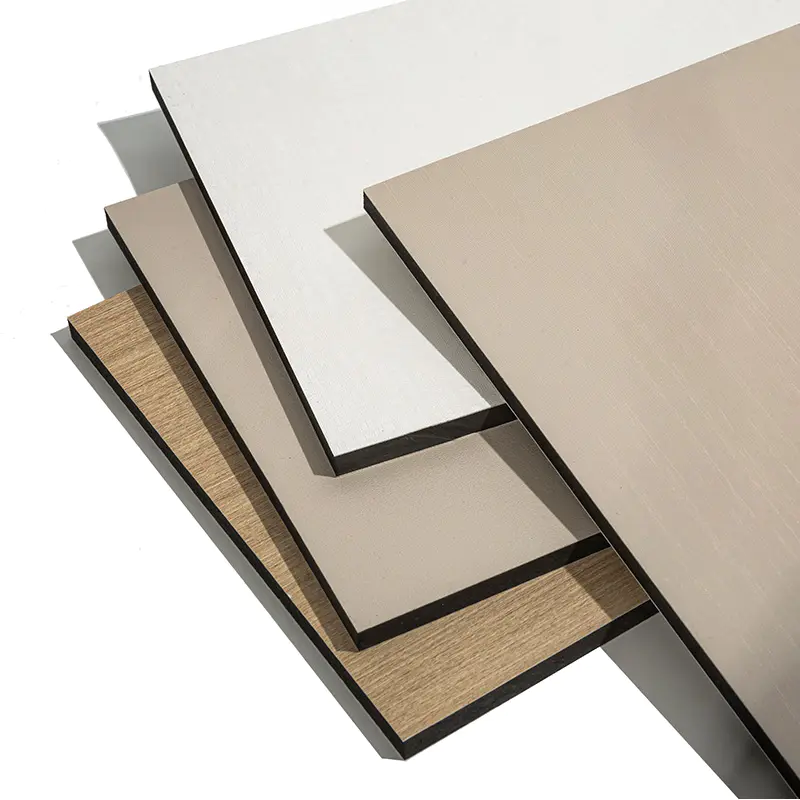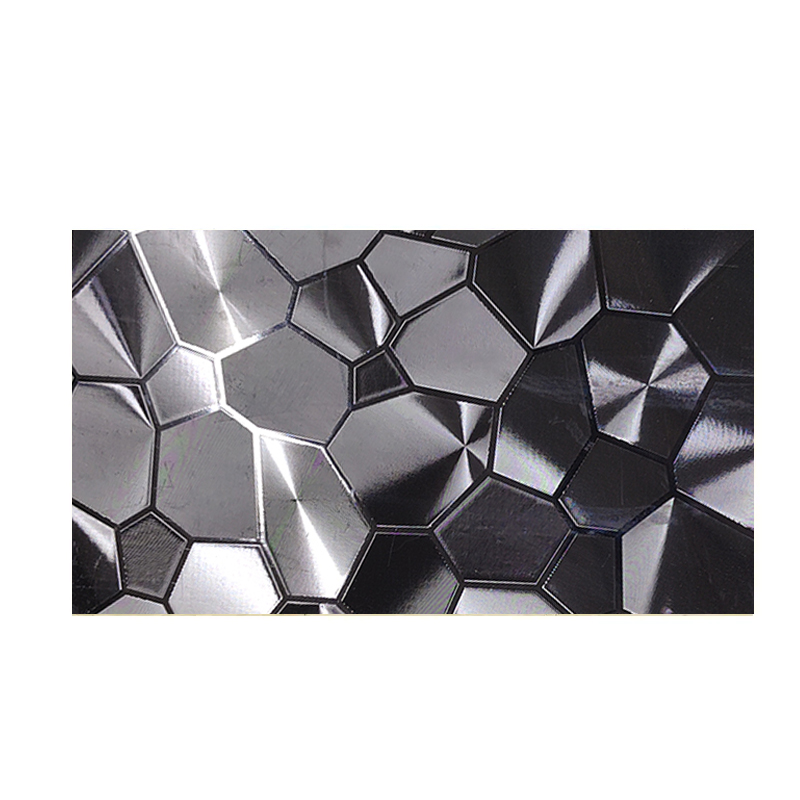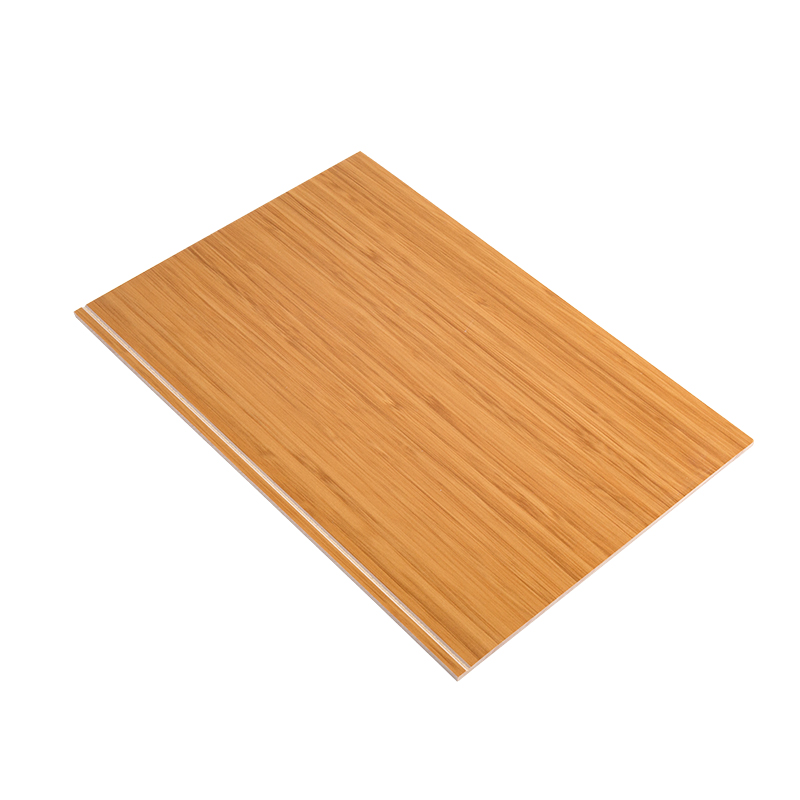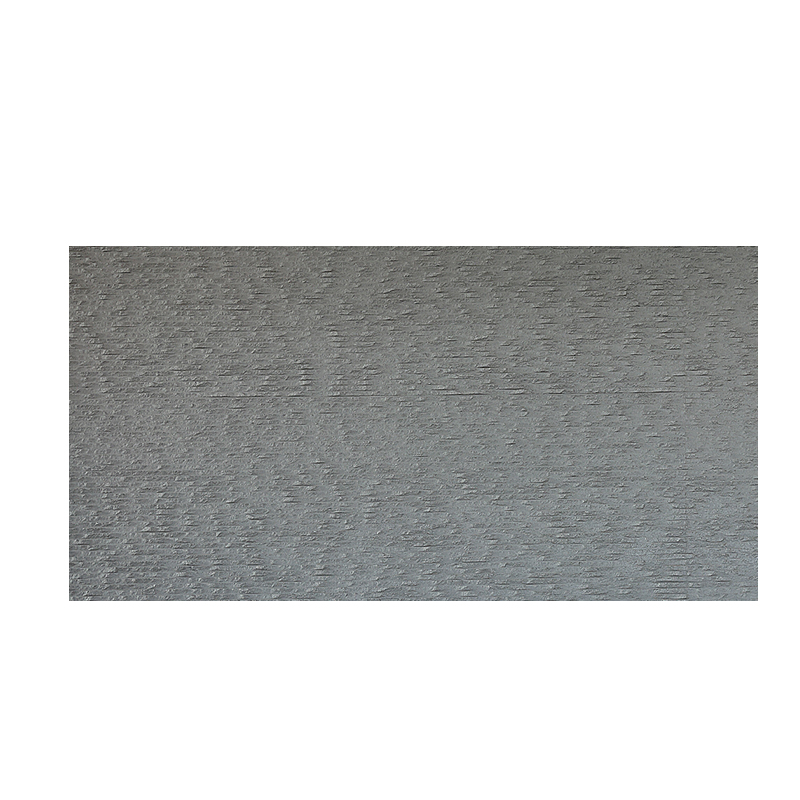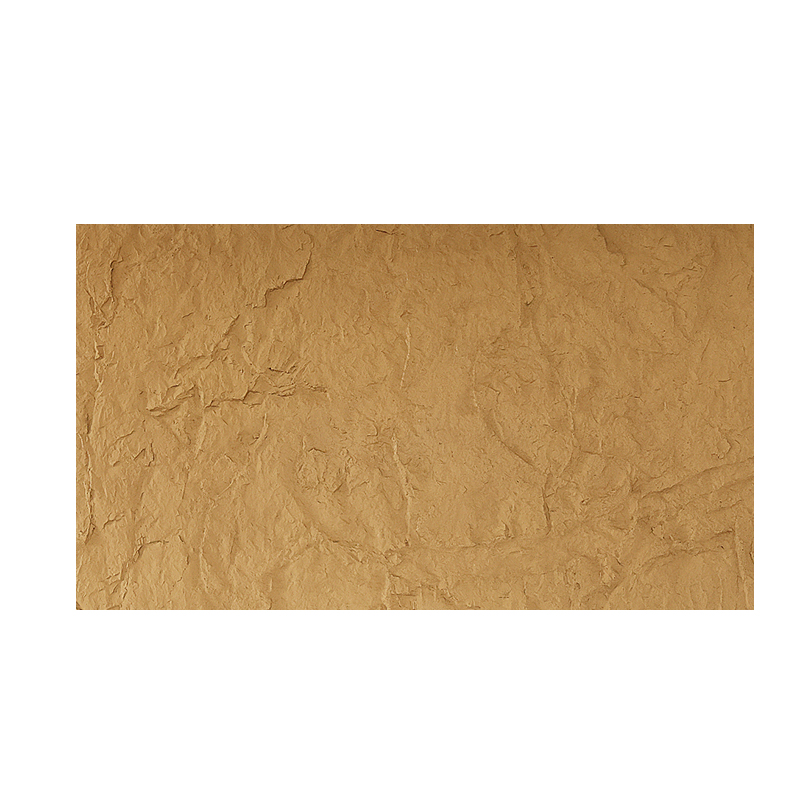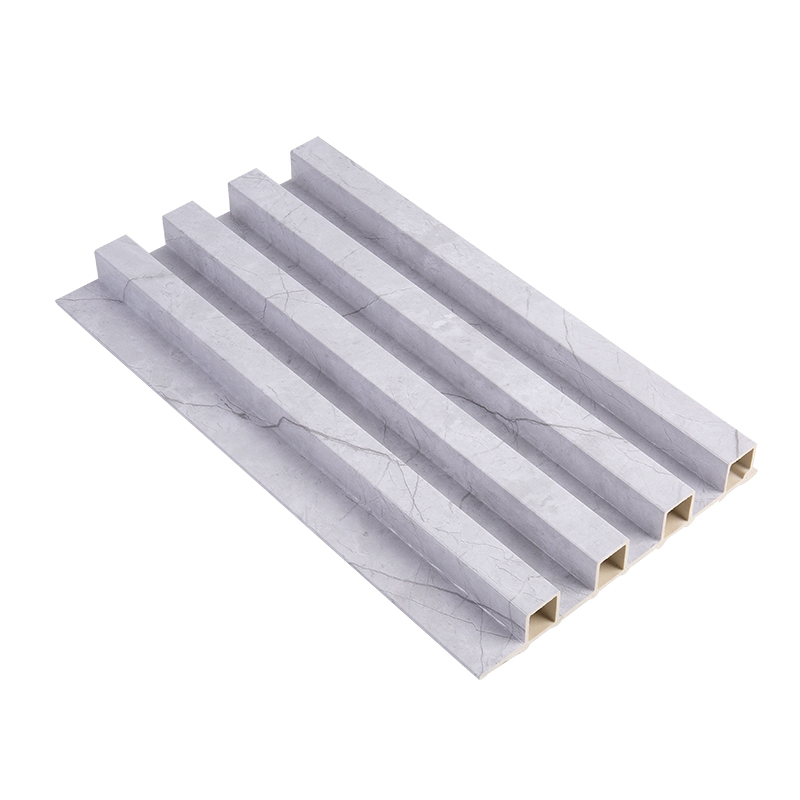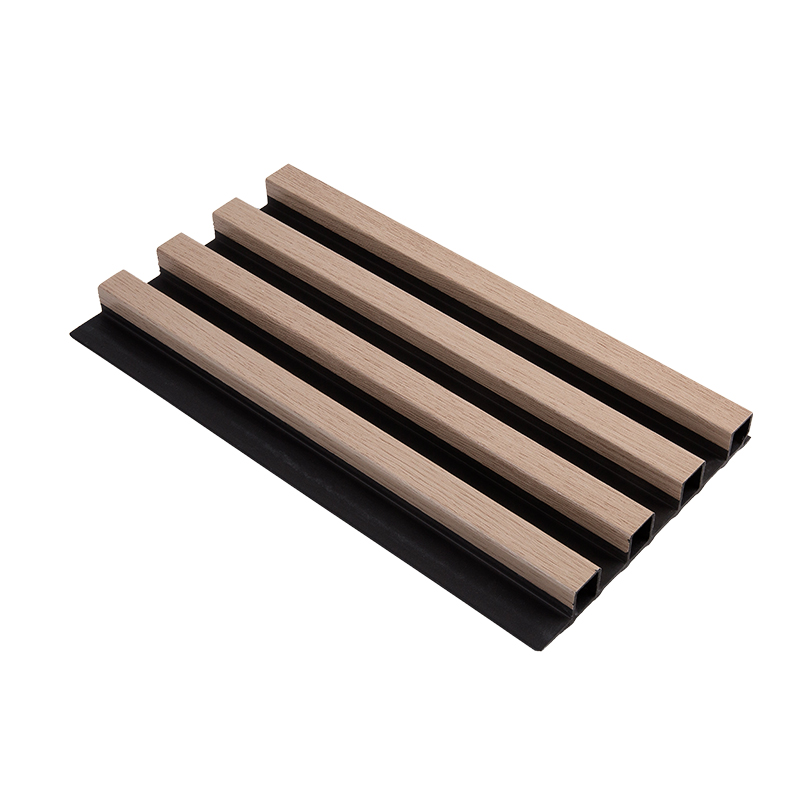+86-18367343973
Introduction to Interior WPC Wall Panels
Wood-plastic composite (WPC) wall panels are becoming increasingly popular for interior decoration due to their combination of durability, aesthetic appeal, and eco-friendly properties. Made from a blend of wood fibers and plastic, WPC panels offer an ideal solution for modern homes and commercial spaces. These panels can mimic the appearance of natural wood, yet are more resistant to moisture, termites, and wear, making them a versatile choice for various interior applications.
Wood Composite Panel Indoor Wood Grain WPC Wall Panel YXWPC1228-T
What Makes WPC Wall Panels Ideal for Interior Decoration?
WPC wall panels are increasingly favored in modern interior design due to their unique qualities. They provide exceptional durability while offering flexibility in terms of design aesthetics. Whether you're looking for a sleek, modern style or a traditional wood finish, WPC panels can cater to various design needs. Additionally, they require less maintenance compared to traditional wood options, making them an ideal choice for busy households and offices.
- Durability and maintenance benefits: WPC panels are highly resistant to rot, moisture, and pests, making them long-lasting even in humid environments.
- Eco-friendly and sustainable options: Many WPC panels are made from recycled materials, which contribute to environmental sustainability.
- Visual aesthetics and design versatility: Available in a wide range of colors, textures, and finishes, WPC panels can be tailored to match any interior style.
Advantages of Interior WPC Wall Panels
Choosing WPC for interior wall panels offers numerous advantages, particularly in terms of their strength, longevity, and ease of upkeep. They can withstand moisture and temperature fluctuations without warping or degrading, a common issue with traditional wood panels. Additionally, WPC panels require minimal maintenance, unlike wood, which needs frequent treatments to protect against termites, mold, and weathering.
- Long-lasting material: WPC wall panels are highly durable, offering a long lifespan with minimal wear.
- Resistance to moisture, mold, and pests: Their resistance to moisture makes them ideal for bathrooms and kitchens.
- Low maintenance and easy to clean: WPC panels do not require painting or sealing, and they are easy to wipe clean.
How to Choose the Best Interior WPC Wall Panel
When selecting the right WPC wall panel, there are several factors to consider to ensure it suits your needs. First, think about the material composition of the panels. Some WPC panels contain a higher percentage of wood fibers, which may give them a more natural appearance. Next, consider the color and texture of the panel, as these elements contribute to the overall ambiance of the space. Finally, take your budget into account, as prices can vary based on the quality and brand of the panels.
- Material considerations: Higher wood content provides a more authentic look, but may be less durable in some environments.
- Color, texture, and style preferences: WPC panels come in a variety of finishes, from smooth and glossy to textured wood-like appearances.
- Price comparison and budget allocation: Compare the prices of different WPC panel brands, and consider the overall value for money.
Installation Tips for Interior WPC Wall Panels
Installing WPC wall panels is relatively straightforward, but to achieve a professional finish, it is essential to follow certain steps. The installation process involves cutting the panels to size, fixing them to the wall, and sealing the edges for a neat and secure finish. It is important to avoid common mistakes such as using incorrect adhesives or not ensuring the panels are level during installation.
- Step-by-step guide: Begin by preparing the wall surface, then use the appropriate adhesive to fix the panels in place, ensuring each panel is aligned correctly.
- Common installation mistakes: Avoid inadequate surface preparation and ensure the panels are secured tightly to prevent gaps.
Cost Comparison: WPC vs Traditional Wall Materials
When considering WPC wall panels for interior use, it is important to compare the costs with alternative materials such as drywall, natural wood, and PVC. While WPC may have a higher initial cost, its long-term benefits—such as lower maintenance and greater durability—can make it a more cost-effective option in the long run. Below is a detailed cost comparison to help you decide.
| Material | Initial Cost | Maintenance Cost | Longevity |
| WPC Wall Panels | Moderate | Low | 20+ years |
| Wood Panels | High | Moderate | 15-20 years |
| Drywall | Low | High | 10-15 years |
FAQ
What is the lifespan of WPC wall panels?
The lifespan of WPC wall panels is typically over 20 years, depending on usage and maintenance. Their resistance to moisture and pests makes them a long-lasting option for interior walls.
Are WPC wall panels easy to install?
Yes, WPC wall panels are relatively easy to install, requiring basic tools and skills. It's important to follow proper installation procedures to ensure a secure and professional finish.
How do WPC wall panels compare to traditional wood panels?
WPC wall panels offer greater durability and require less maintenance than traditional wood panels. They are more resistant to moisture, mold, and pests, making them a better option for areas with high humidity.
